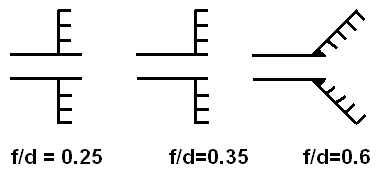| Home Login Register |
| Satellite Internet forum › Dish pointing and alignment › "Massaging" the f/d of a corrugated horn with a hacksaw? |
|
Pages: 1
|
"Massaging" the f/d of a corrugated horn with a hacksaw?(Read 5383 times) |
|
chriswlan
Member
★★ Offline Posts: 27 |
Aug 4th, 2014 at 12:58am
|
| Back to top |
IP Logged
|
|
Eric Johnston
Senior Member
★★★ Offline Posts: 2109 |
Reply #1 - Aug 4th, 2014 at 2:54pm
|
| Back to top |
IP Logged
|
|
chriswlan
Member
★★ Offline Posts: 27 |
Reply #2 - Aug 4th, 2014 at 10:24pm
|
| Back to top |
IP Logged
|
|
Eric Johnston
Senior Member
★★★ Offline Posts: 2109 |
Reply #3 - Aug 5th, 2014 at 9:30am
|
| Back to top |
IP Logged
|
|
Alphaco
Member
★★ Offline Posts: 20 near Toulouse, France |
Reply #4 - Aug 11th, 2014 at 11:56am
|
| Back to top |
Johan
TV / VSAT Installer in southwest France
IP Logged
|
|
Pages: 1
|
Email me: eric@satsig.net
Powered by YaBB 2.5.2!
YaBB Forum Software © 2000-. All Rights Reserved.
Disclaimer, Terms of Use and Privacy Forum User Agreement Forum rules Cookie policy.



 get me to optimum performance of the offset feed on the deeper dish?
get me to optimum performance of the offset feed on the deeper dish?